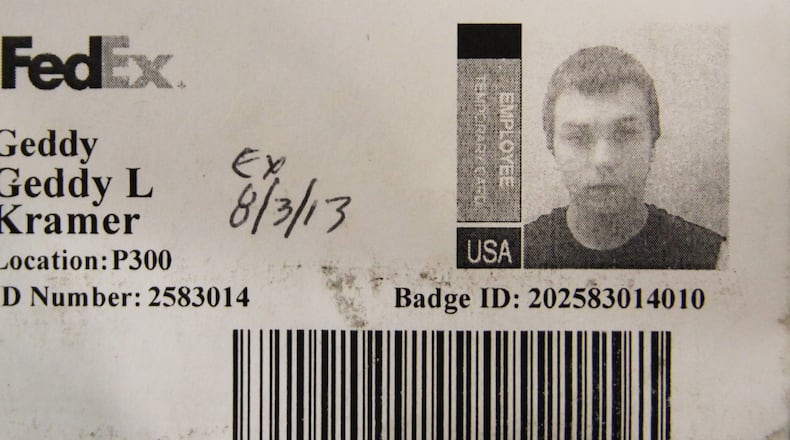Many rituals follow mass shootings in the United States, prominent among them a search for meaning — for the hidden clues that would somehow make sense of why the shooter snapped; for the missed signals that, if detected in time, might have forestalled the tragedy.
But a close examination of Geddy Kramer's final months finds no obvious cause for his April 29 rampage through the Kennesaw FedEx warehouse where he worked. It suggests no dramatic descent into madness. And, perhaps most important, it reveals nothing that Kramer did that necessarily would have alerted anyone to the looming assault.
Kramer's case shows the difficulty of predicting and preventing acts of mass violence, and of understanding what drives its perpetrators.
About the Author
Keep Reading
The Latest
Featured




